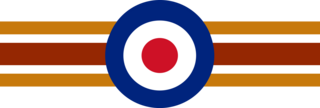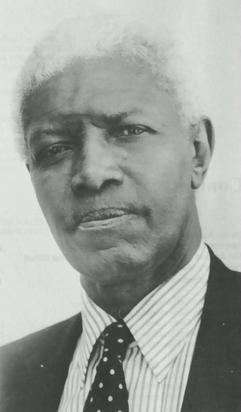
The Royal Newfoundland Regiment is a Primary Reserve infantry regiment of the Canadian Army. It is part of the 5th Canadian Division's 37 Canadian Brigade Group.

Walter Francis John Montagu Douglas Scott, 9th Duke of Buccleuch and 11th Duke of Queensberry, was a Scottish peer, politician and landowner. He served in the Royal Naval Volunteer Reserve in the Second World War, and represented Edinburgh North in the House of Commons for 13 years.

The 52nd Lowland Volunteers is a battalion in the British Army's Army Reserve or reserve force in the Scottish Lowlands, forming the 6th Battalion of the Royal Regiment of Scotland, also known as 6 SCOTS. Due to its erstwhile association with the 1st Regiment of Foot, it is the senior Reserve line infantry battalion in the British Army. It is one of two Reserve battalions in the Royal Regiment of Scotland, along with 51st Highland, a similar unit located in the Scottish Highlands.

The Lovat Scouts was a British Army unit first formed during the Second Boer War as a Scottish Highland yeomanry regiment. They were the first known military unit to wear a ghillie suit, and were renowned for their elite reconnaissance capabilities. In 1916, the Lovat Scouts formally became the British Army's first sniper unit, then known as "sharpshooters". The regiment served in the First World War and Second World War.

Walter John Montagu Douglas Scott, 8th Duke of Buccleuch and 10th Duke of Queensberry, was a British peer and Conservative politician.

The Chief Langalibalele Rifles is a reserve infantry regiment of the South African Army.

Seafield is a coastal strip situated on the Firth of Forth between Leith and Portobello in north-east Edinburgh, Scotland. The area is mainly commercial, and has little housing.

The Fortingall Yew is an ancient European yew in the churchyard of the village of Fortingall in Perthshire, Scotland. Considered one of the oldest trees in Britain, modern estimates place its age at an average of 5,000 years.

The Canadian Forestry Corps was an administrative corps of the Canadian Army with its own cap badge, and other insignia and traditions.

Bashir Ahmad was an entrepreneur and a Scottish National Party politician. He was first elected as a Member of the Scottish Parliament (MSP) for the Glasgow region at the 2007 election, and was the first MSP to be elected from a South Asian and Muslim background.

The Royal Rifles of Canada was a rifle regiment in the Canadian Army and fought alongside The Winnipeg Grenadiers in the Battle of Hong Kong during World War II. In November 1966, it was reduced to nil strength and placed on the Supplementary Order of Battle.

Number 125 (Newfoundland) Squadron was a Royal Air Force squadron active during World War II and briefly in the mid-1950s. Throughout its service the squadron primarily operated night fighters.

The South African Native Labour Corps (SANLC) was a force of workers formed in 1916 in response to a British request for workers at French ports. About 25,000 South Africans joined the Corps. The SANLC was utilized in various menial noncombat tasks. The SANLC was disbanded by the South African government in January 1918.

Amos Adolphus Ford was a forester from British Honduras, now Belize, who was one of a group of 150 that crossed the Atlantic to travel to Scotland during the Second World War. Ford later documented his experiences in two books and became a British civil servant.
Alexander Ormiston Curle FSAS CVO LL.D. (1866–1955) was a Scottish lawyer and archaeologist who rose to be Director of the National Museum of Scotland from 1913 to 1919 and Director of the Royal Scottish Museum on Chambers Street in Edinburgh 1916 to 1931. He was also Secretary and later a Commissioner of the Royal Commission on the Ancient Monuments of Scotland. He was brother to the archaeologist James Curle.

Charles William Gray Taylor was a Scottish minister who served as Moderator of the General Assembly of the Church of Scotland in 1942/3.
John Lucien Keith CBE was a British colonial official and then a civil servant in the Colonial Office. He had previously held positions in the administration of Northern Rhodesia.
Samuel Latter was a Scottish footballer who played as a left back in the Scottish Football League for Third Lanark. His spell as a player was brief, but decades later he was featured in national media after becoming Scotland's oldest man, a title he held for ten months until his death aged 106.
Sir John Raymond Johnstone was a Scottish accountant, investment manager and public official.
The Newfoundland Overseas Forestry Unit (NOFU) was a civilian unit comprised of skilled forestry workers who came from Newfoundland to Scotland to support the war effort during the Second World War. It was formed on 17th November 1939 and was disbanded in 1946.















